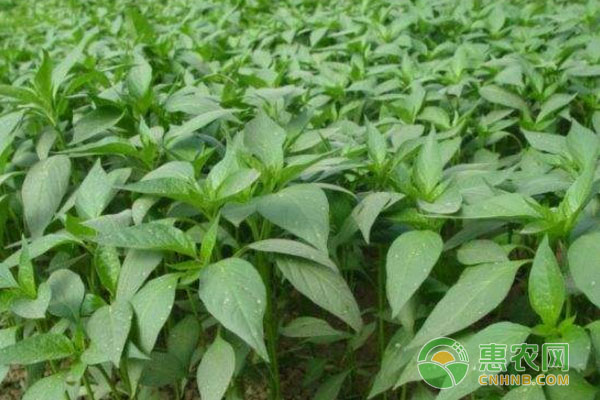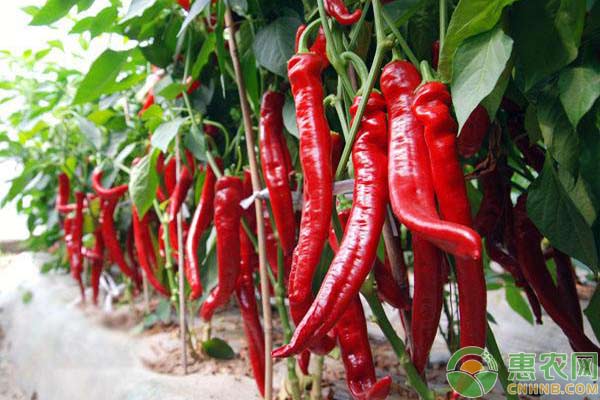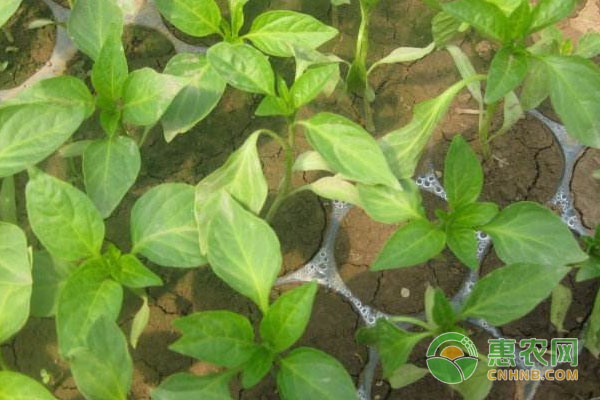How to prevent and cure peppers? Capsicum quenching disease prevention and control measures
Quenching disease is one of the important diseases in pepper seedlings. It is distributed all over the country. It is often caused by temperature and humidity discomfort during the nursery period and extensive management. When the disease is serious, the seedlings often fall into pieces. In addition to the disease, the melon, lettuce, celery, cabbage, cabbage, radish, onion and other vegetable seedlings can be harmed. The following small series talk about the prevention and control measures of pepper quenching disease. First, the symptoms of the disease: When the autumn seedlings are infected, the base of the stem is yellow-green water-stained, and then turns yellow-brown and develops to the circumference of the stem. The diseased tissue is rotted and sag, causing contracture. The water stains expand from the bottom to the top, and the larvae fall to the ground. In the early stage of the disease, only a few seedlings were found on the seedbed. After a few days, the center gradually spread and spread, and finally caused the seedlings to fall. death. Second, the incidence of pepper rickets disease: The squatting disease occurs mostly in early spring seedlings or nursery trays. Common symptoms are rotten species, dead seedlings and tripping. Rotten seeds are killed after being sown and infected by pathogens when they have not yet germinated or just germinated. After the seedlings are unearthed, before the true leaves have not yet unfolded, water-stained dark spots appear at the base of the young stems, which are thin and rounded around the stems, gradually shrinking into thin lines, and the cotyledons are not withered, and the upper part of the seedlings falls due to the loss of support ability. On the ground, when the humidity of the seedbed is large, the white cotton hyphae are often densely formed on the bed of the diseased seedling and its vicinity, which can be distinguished from the blight. The soil has large water content, humid air, and the temperature is between 30-36 ° C or 8-9 ° C. It is suitable for the growth of pathogenic bacteria, but it is not conducive to the development of seedlings, so the incidence is heavy. Improper management of seedlings often provides conditions for disease occurrence, such as excessive planting, flooding, flooding, improper ventilation, longevity, and freezing. In addition, low-lying terrain, poor drainage and heavy soil and application of unfertilized compost are also prone to disease. Third, prevention and treatment methods 1. Reasonable choice of seedbed The seedbed should choose a disease-free plot with high terrain, shelter from the sun, convenient irrigation and drainage, fertile soil and good gas permeability. In order to prevent the seedbed from being brought into the pathogen, the decomposed farmyard manure should be applied. 2, seedbed treatment Before sowing, the seedbed should be fully turned over, and the old seedbed should be treated with seedbed soil. Commonly used 50% carbendazim wettable powder 8-10 grams per square meter seedbed, plus 5000 grams of fine soil, evenly mixed, or take 1/3 of the soil as a cushion, after the sowing, the remaining 2 / 3 of the soil as a cover layer Or 8-10 grams of nitrochlorobenzene per square meter of seedbed, plus 44.5 kilograms of fine soil mixed with the bottom water before the sowing. After the water seepage, take 1/3 of the soil and scatter it. On the surface, the seeds of the buds are sown, and the remaining 2/3 of the soil is covered. 3, the seeds are mildew Germinating sowing to shorten the time the seeds are in the soil. 4. Strengthen cultivation management: (1) 2-3 years of rotation with non-solanaceae and melon crops. (2) Covering the mulch to block the splashing of bacteria in the soil to reduce the chance of infection. (3) The soil temperature of the seedbed is required to be maintained above 16 °C, and the temperature is maintained between 20-30 °C. (4) Pay attention to ventilation after the emergence of the seedlings, and strengthen the soil ploughing soil to prevent the humidity of the seedbed from being too large. Keep the seedling equipment well-transparent, increase the light, and promote the healthy growth of the seedlings. (5) The diseased plants were found to be removed in time and concentrated and destroyed to prevent the spread of the disease. In the early stage of the disease, 75% chlorothalonil powder 800 times solution can be used for prevention and treatment. The above is the prevention and control measures for pepper quenching disease. The quenching of peppers mainly occurs in the pepper seedling stage. After the seedlings are susceptible to the disease, they are soaked in the water at the base of the stem. Tripping disease is an important devastating disease in the pepper breeding period. Everyone must actively take preventive measures. Preservation tubes are swabs with disposable virus sampling tubes to collect DNA tests for disposable nasal flocking sterile medical transport. swabs with disposable virus sampling tubes , to collect DNA tests for disposable nasal flocking sterile medical transport. Jiangsu iiLO Biotechnology Co., Ltd. , https://www.sjiilobiotech.com


